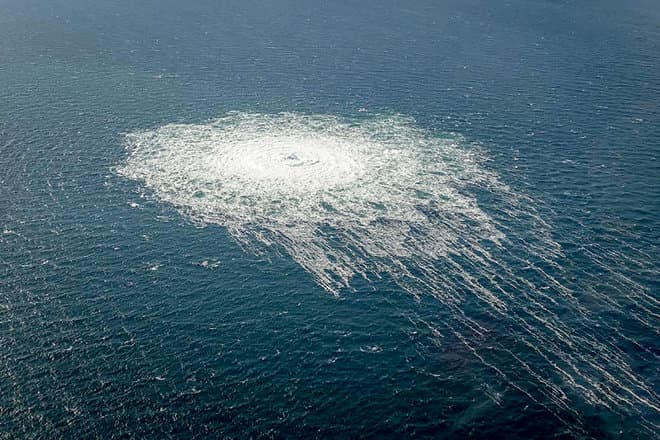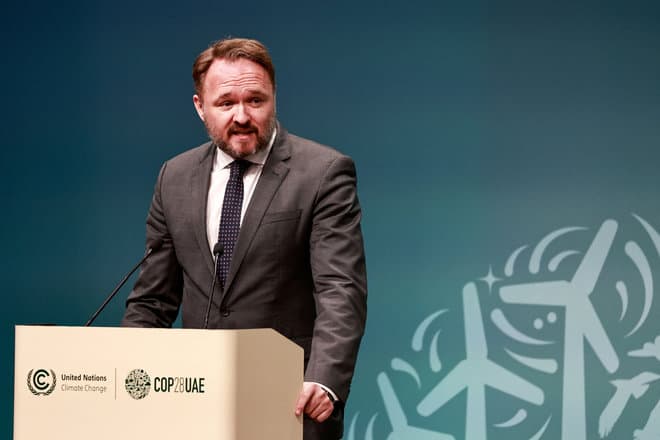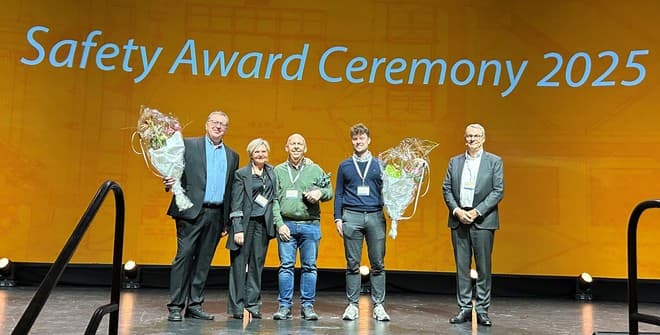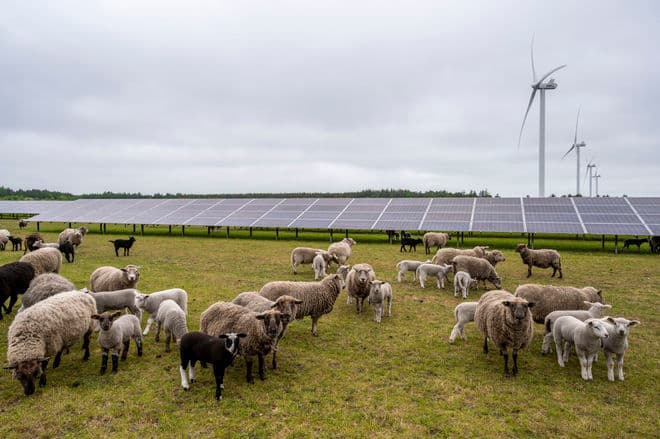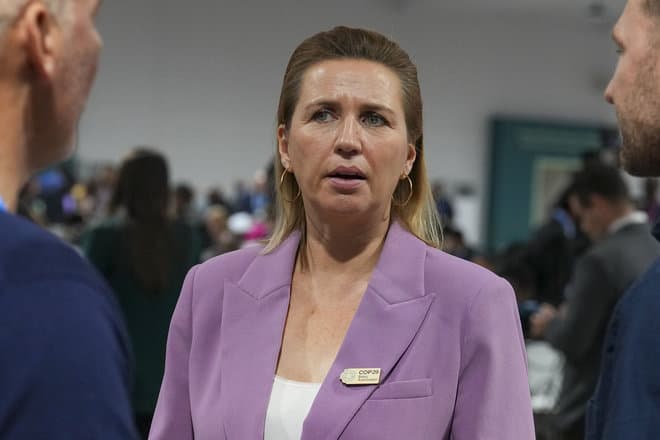A new study from Aarhus University documents for the first time how oil and methane gas seep up from the seabed off Northeast Greenland. The study also shows that gas hydrates, which are solid ice-like substances that can contain large amounts of gas, exist below the sea surface.
These two new discoveries should help provide an understanding of natural emissions of hydrocarbons in the Arctic. At the same time, it will provide an understanding of the climate changes that are coming at a rapid pace in both the Arctic and the Antarctic. This is written by the Department of Geoscience at Aarhus University in a press release.
Gas hydrates are bound in the studied seabed, and when the temperature in the bottom water increases, the gas hydrates will release methane.
- The large amount of data has given us new insight into how natural methane emissions contribute to the carbon cycle in the Arctic. This means that we can now better distinguish between seepage that has been going on for thousands of years and the increased release we see as a result of climate change and rising sea temperatures, says Christoph Böttner, who led the study when he was a postdoc at Aarhus University, in a press release.
Climate change is causing the Arctic to warm up up to four times faster than the rest of the globe. The gases released from the seabed can also change the ecosystem, as methane is changed to CO2 in the ocean. This can mean that there is less oxygen at the seabed. At the same time, nutrients are released, which affects life in the sea.
- Those organisms that can survive with reduced oxygen levels at the seabed will be able to cope, while other organisms will disappear. However, it could also get really bad, so that all life on the seabed could disappear. The release of methane also provides more nutrients, allowing for increased production of organisms in the upper water masses, says study co-author Marit-Solveig Seidenkrantz from Aarhus University.
She explains that the methane and CO2 that come out of the seabed will also be able to reach the atmosphere, which can affect the greenhouse gas content in the atmosphere. However, researchers do not know how much methane and CO2 reach the atmosphere and how much remains in the water.
According to lead author Christoph Böttner, Northeast Greenland is interesting because it is an area that has not been researched very much. And at the same time, it is a frontline area for Arctic changes.
Therefore, calculations and data sets can be included in the calculation of the future greenhouse gas effect, says Christoph Böttner in a press release.
The researchers have calculated that between 677 and 1460 million tons of gas - corresponding to 0.5 and 1.1 billion tons of carbon - have leaked into the ocean since the frozen seabed began to thaw around 15,000 years ago.
The study will be published on Wednesday in the scientific journal Nature.
/ritzau/
Text, graphics, images, sound, and other content on this website are protected under copyright law. DK Medier reserves all rights to the content, including the right to exploit the content for the purpose of text and data mining, cf. Section 11b of the Copyright Act and Article 4 of the DSM Directive.
Customers with IP agreements/major customer agreements may only share Danish Offshore Industry articles internally for the purpose of handling specific cases. Sharing in connection with specific cases refers to journaling, archiving, or similar uses.
Customers with a personal subscription/login may not share Danish Offshore Industry articles with individuals who do not themselves have a personal subscription to Danish Offshore Industry.
Any deviation from the above requires written consent from DK Medier.








